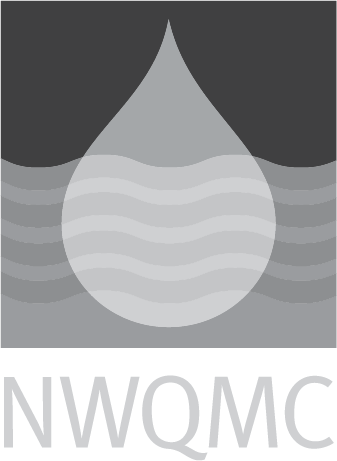EPA-OW: NRSA Periphyton 2009 (Wade): Periphyton sample collection in small wadeable streams
|
Official Method Name
|
Section 6.3: Wadeable streams-Periphyton (of National Rivers and Streams Assessment: Field Operations Manual (2009)) |
|---|---|
|
Current Revision
| 2009 |
|
Media
|
WATER (Waterbody type - Wadeable stream) |
|
Instrumentation
|
Algal sampling devices |
|
Method Subcategory
|
Population/Community |
|
Method Source
|
|
|
Citation
|
|
|
Protocol
|
EPA-841-B-07-009 - National Rivers and Streams Assessment: Field Operations Manual (2009) |
|
Brief Method Summary
|
This method is in USGS BioData as APER for composite periphyton. Collect periphyton from the 11 cross-section transects (“A” through “K”) established within the sampling reach. Collect periphyton samples at the same time as sediment enzyme samples (Section 6.1.3) and benthic macroinvertebrate samples (Sections 6.4.1). Prepare one composite “index” sample of periphyton for each site. At the completion of the day's sampling activities, but before leaving the site, prepare four types of laboratory samples (an ID/enumeration sample to determine taxonomic composition and relative abundances, a chlorophyll sample, a biomass sample (for ash-free dry mass [AFDM]), and a acid/alkaline phosphatase activity [APA] sample) from the composite periphyton sample. |
|
Scope and Application
|
Methods described in this document are to be used specifically in work relating to the National Rivers and Streams Assessment. This document contains proceedures for how to collect periphyton samples. |
|
Applicable Concentration Range
|
|
|
Interferences
|
Collect the substrate selected for sampling from a depth no deeper than 0.5 m. If you cannot collect a sample because the location is too deep, skip the transect. The samples need to be kept cool and dark because a chlorophyll sample will be filtered from the composite. |
|
Quality Control Requirements
|
|
|
Sample Handling
|
Follow the proceedure outlined in table 6.3-2 for collecting composite index samples of periphyton at wadeable sites. Place bottle in a cooler on ice while you travel between transects and collect the subsequent samples. |
|
Maximum Holding Time
|
|
|
Relative Cost
|
Unknown |
|
Sample Preparation Methods
|
Collect one sample from each of the transects and composite in one bottle to produce one composite sample for each site. |




